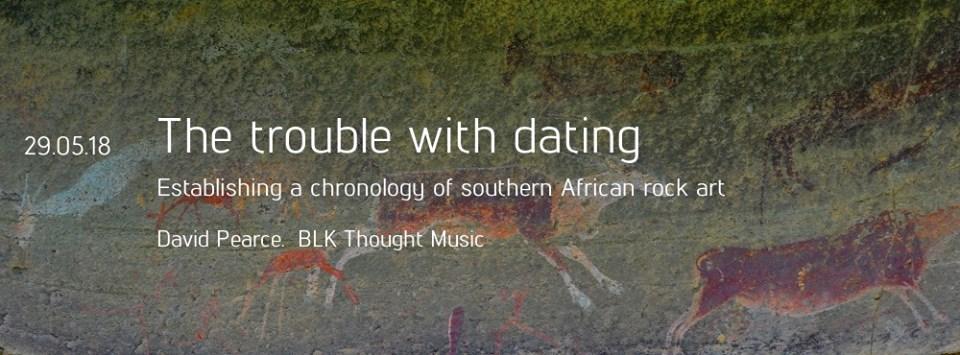
Why is it important that we date rock art, and what makes it difficult to do so? How does radiocarbon dating work? What are rock art paints made of and why does it matter?
Rock art, such as that of the San in Southern Africa, provides a unique and fascinating glimpse into the beliefs and practices of past cultures. But how old is southern African rock art really? Does it all come from the same period or was it created over many millenia?
Directly dating rock art anywhere in the world is difficult. The lack of a chronological framework has become particularly acute in South Africa in recent years because the meaning of the art is so well understood.
In tonight's session of Science & Cocktails, David Pearce, Director of the Rock Art Research Institute at Wits, will explain how new research in South Africa, Lesotho and Botswana has led to techniques to directly radiocarbon date rock paintings and produced the largest set of dates in these countries. He will elaborate on how the detailed characterization of the composition of paints has been key to the success of this work, and discuss some of the fascinating results of these studies, such as the discovery that painted sites were used repeatedly over remarkably long periods.
Afterwards, smoky cocktails to an ancient recipe while BLK Thought Music present "Time Underground", music that interrogates the problem of doubt, sound and the contours of cultural wisdom.
Entrance to the event costs R20. Doors open at 18:30, no admittance after 20:00. No registration is necessary but guests are strongly encouraged to arrive early. Dinner is served from 18:00. Guests wishing to have dinner before the event should book in advance with The Orbit and arrive by 18:30. (Last orders for dinner at 19:15 to make it to the event).
Disclaimer: Any views expressed by individuals and organisations are their own and do not in any way represent the views of The Heritage Portal.
